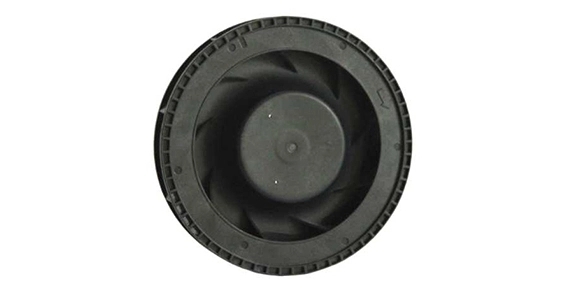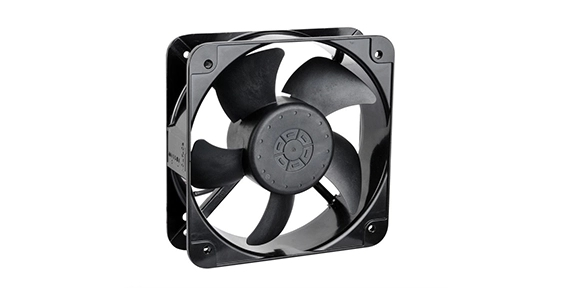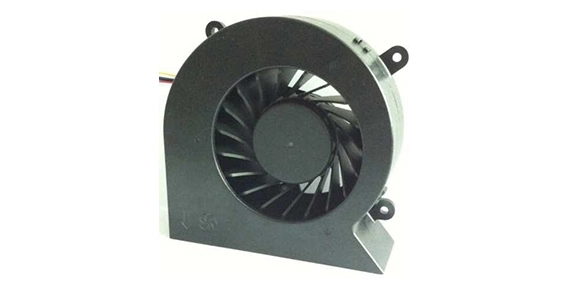In various industrial settings, the need for efficient and effective ventilation systems is paramount. Blower fans play a crucial role in achieving this goal by maintaining air circulation and controlling temperature. There are two main types of blower fans: centrifugal and axial. While both serve the same basic function, they differ significantly in terms of their design, functionality, and performance. In this article, we will explore the key differences between centrifugal and axial blower fans, focusing on the fundamental aspects of centrifugal blowers and their orientation of airflow, as well as the design complexity and footprint.
Understanding the Centrifugal Blower Fan Fundamentals
Centrifugal blower fans are designed to move air in a radial direction, using the principles of centrifugal force to generate pressure and create airflow. They consist of an impeller, a housing, and an inlet and outlet duct. The impeller, typically made of metal or plastic, rotates at a high speed, drawing air into the housing and accelerating it towards the outlet. As the air moves radially outward, it encounters centrifugal force, which increases the pressure and pushes it out through the outlet duct.
Centrifugal Blower Fan: Orientation of Airflow
One of the primary differences between centrifugal and axial blower fans lies in the orientation of airflow. While axial fans move air in a linear path, parallel to the shaft of the fan, centrifugal fans change the direction of airflow by generating centrifugal force. The air enters the centrifugal blower fan through the inlet duct, is accelerated by the rotating impeller, and is then forced to change direction and exit through the outlet duct. This change in airflow direction allows centrifugal fans to generate higher pressure compared to axial fans, making them suitable for applications that require increased resistance to airflow.

Centrifugal Blower Fan: Design Complexity and Footprint
Centrifugal blower fans tend to be more complex in design compared to axial fans. The impeller of a centrifugal fan is designed with curved blades that create a spiral path for the airflow, increasing the efficiency and pressure generation. Additionally, centrifugal blower fans often require tighter tolerances and precision engineering to ensure optimal performance. Due to this complexity, centrifugal blowers are typically larger in size and have a larger footprint compared to axial fans. They also require more maintenance and may need additional accessories like dampers or expansion joints for proper operation.
Furthermore, the footprint of the axial cooling fan is influenced by its housing design. There are several types of centrifugal fan housings, including forward-curved, backward-curved, and radial. Each design has its own advantages and characteristics, influencing the overall performance and footprint of the fan. Selection of the appropriate housing design depends on the specific requirements of the application, such as airflow rate, pressure, and noise considerations.
In conclusion, understanding the differences between centrifugal and axial blower fans is crucial when selecting the right ventilation system for industrial applications. Centrifugal fans offer the ability to generate higher pressure and change the airflow direction, making them suitable for applications that require increased resistance to airflow. However, they tend to be more complex in design, larger in size, and have a larger footprint compared to axial fans. By considering the fundamental aspects of centrifugal blowers, their orientation of airflow, and the design complexity and footprint, industry professionals can make informed decisions when it comes to choosing the most appropriate fan for their specific needs.


 EN
EN 

 +
+
 +
+
 +
+



